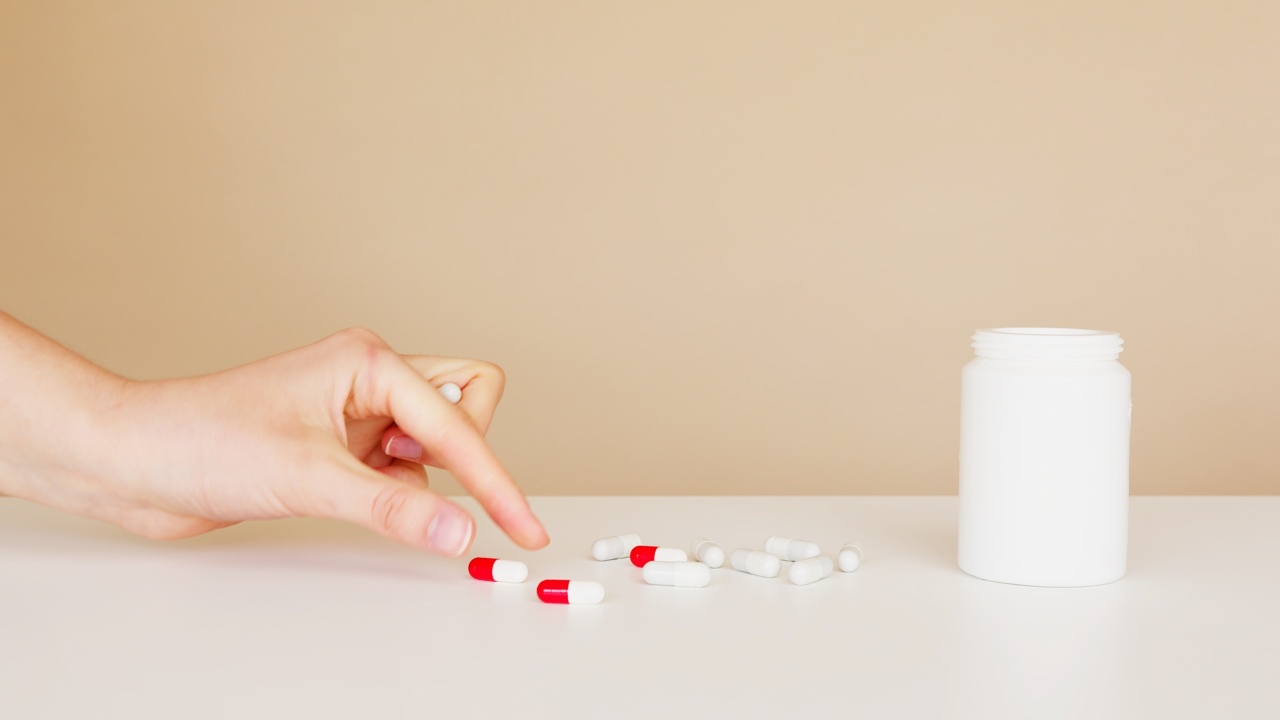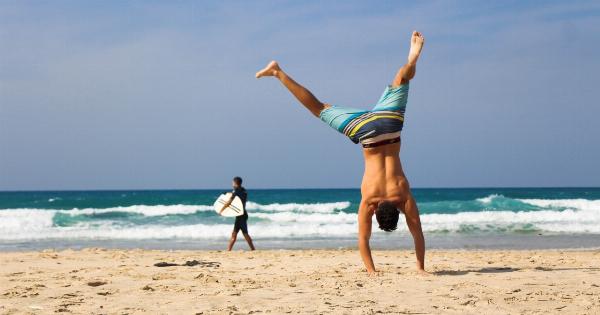Gymnastics is a physically demanding sport that requires strength, flexibility, and endurance. Whether you are a beginner or an experienced gymnast, experiencing muscle aches after training is common.
These muscle aches are often caused by the buildup of lactic acid in the muscles and can be quite uncomfortable. However, with proper care, you can prevent or minimize these muscle aches. In this article, we will discuss ten steps that you can take to prevent muscle aches after gymnastics.
1. Warm Up Properly
A proper warm-up is essential before engaging in any physical activity, including gymnastics. It helps to increase blood flow to the muscles, preparing them for the intense movements and reducing the risk of muscle soreness.
Begin your warm-up with dynamic stretches that mimic the movements involved in gymnastics. Gradually increase the intensity of your warm-up by incorporating light cardiovascular exercises such as jogging or jumping jacks.
2. Stretching Exercises
Performing specific stretching exercises before and after your gymnastics routine can help prevent muscle aches. Focus on stretching all major muscle groups involved in gymnastics, such as the hamstrings, quadriceps, calves, shoulders, and back.
Hold each stretch for at least 30 seconds and remember to breathe deeply during the stretches. Avoid bouncing or jerking during stretching, as it can lead to injuries.
3. Maintain Proper Hydration
Staying hydrated is crucial for overall muscle health and recovery. Drink plenty of water before, during, and after your gymnastics training sessions. Dehydration can lead to muscle cramps and increase the risk of muscle soreness.
Additionally, proper hydration helps flush out lactic acid and other toxins from your muscles, reducing the chances of post-training muscle aches.
4. Adequate Rest and Recovery
Allow your body enough time to rest and recover between gymnastics training sessions. Muscle soreness often occurs when the body is not given sufficient time to repair itself. Incorporate rest days into your training schedule and avoid overtraining.
Aim for at least 7-8 hours of quality sleep each night to support the recovery process.
5. Gradual Progression
Avoid pushing yourself too hard too soon. Gradually increase the intensity and duration of your gymnastics training sessions to allow your muscles to adapt. Sudden overexertion can lead to muscle fatigue and soreness.
Work closely with your coach or trainer to develop a training program that focuses on gradual progression and avoids placing excessive strain on your muscles.
6. Proper Nutrition
Following a balanced diet that includes an adequate amount of carbohydrates, proteins, and healthy fats is essential for muscle recovery and growth. Carbohydrates provide the necessary energy for your workouts, while proteins support muscle repair.
Include sources of lean proteins, such as chicken, fish, tofu, or beans, in your meals. Additionally, consume fruits and vegetables that are rich in antioxidants to reduce inflammation.
7. Foam Rolling and Self-Massage
Incorporate foam rolling and self-massage techniques into your post-training routine. Foam rolling can help release muscle tension, increase blood flow, and reduce the likelihood of muscle soreness.
Focus on rolling the major muscle groups used in gymnastics, paying special attention to areas that feel tight or tender. You can also use massage balls or handheld massagers for targeted muscle release.
8. Ice and Heat Therapy
If you experience muscle soreness after gymnastics, alternating between ice and heat therapy can provide relief. Apply an ice pack to the sore muscles for 15-20 minutes to reduce inflammation.
After 48 hours, you can switch to applying a warm towel or using a heating pad to increase blood flow and promote muscle relaxation.
9. Epsom Salt Baths
An Epsom salt bath can be incredibly soothing for sore muscles. Epsom salt, also known as magnesium sulfate, is absorbed through the skin and helps relax and relieve muscle tension. Add two cups of Epsom salt to a warm bath and soak for 15-20 minutes.
It not only eases muscle aches but also provides a relaxing experience after a rigorous gymnastics session.
10. Listen to Your Body
Lastly, it’s important to listen to your body and recognize when you need to take a break or seek professional help.
If you experience persistent muscle aches or pain that does not improve with rest and self-care, consult a healthcare professional or a sports medicine specialist. They can provide a proper diagnosis, recommend specific treatments, and suggest modifications to your training routine to avoid further muscle soreness.





























